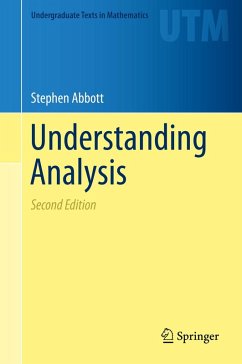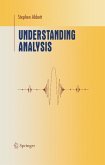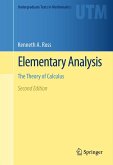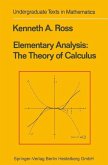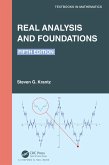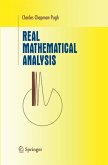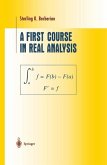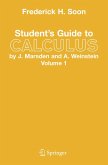Fifteen years of classroom experience with the first edition of Understanding Analysis have solidified and refined the central narrative of the second edition. Roughly 150 new exercises join a selection of the best exercises from the first edition, and three more project-style sections have been added. Investigations of Euler's computation of ¿(2), the Weierstrass Approximation Theorem, and the gamma function are now among the book's cohort of seminal results serving as motivation and payoff for the beginning student to master the methods of analysis.
Review of the first edition:
"This is a dangerous book. Understanding Analysis is so well-written and the development of the theory so well-motivated t
hat exposing students to it could well lead them to expect such excellence in all their textbooks. ... Understanding Analysis is perfectly titled; if your students read it, that's what's going to happen. ... This terrific book will become the text of choice for the single-variable introductory analysis course ... "
- Steve Kennedy, MAA Reviews
Dieser Download kann aus rechtlichen Gründen nur mit Rechnungsadresse in A, B, BG, CY, CZ, D, DK, EW, E, FIN, F, GR, HR, H, IRL, I, LT, L, LR, M, NL, PL, P, R, S, SLO, SK ausgeliefert werden.
"This is the second edition of a text for an undergraduate course in single-variable real analysis. ... The topics covered in this book are the ones that have, by now, become standard for a one-semester undergraduate real analysis course ... . Overall, this book represents, to my mind, the gold standard among single-variable undergraduate analysis texts." (Mark Hunacek, MAA Reviews, June, 2015)
"This is a dangerous book. Understanding Analysis is so well-written and the development of the theory so well-motivated that exposing students to it could well lead them to expect such excellence in all their textbooks. ... Understanding Analysis is perfectly titled; if your students read it, that's what's going to happen. This terrific book will become the text of choice for the single-variable introductory analysis course; take a look at it next time you're preparing that class."
- Steve Kennedy, MAA Reviews
"Each chapter begins with a discussion section and ends with an epilogue. The discussion serves to motivate the content of the chapter while the epilogue points tantalisingly to more advanced topics. ... I wish I had written this book! The development of the subject follows the tried-and-true path, but the presentation is engaging and challenging. Abbott focuses attention immediately on the topics which make analysis fascinating ... and makes them accessible to an inexperienced audience."
- Scott Sciffer, The Australian Mathematical Society Gazette

